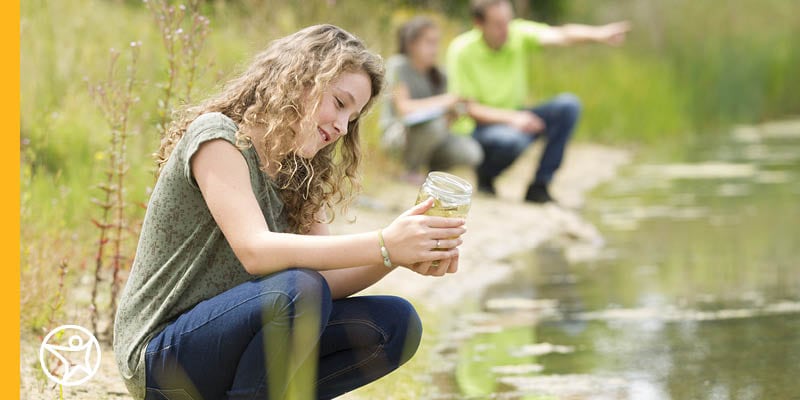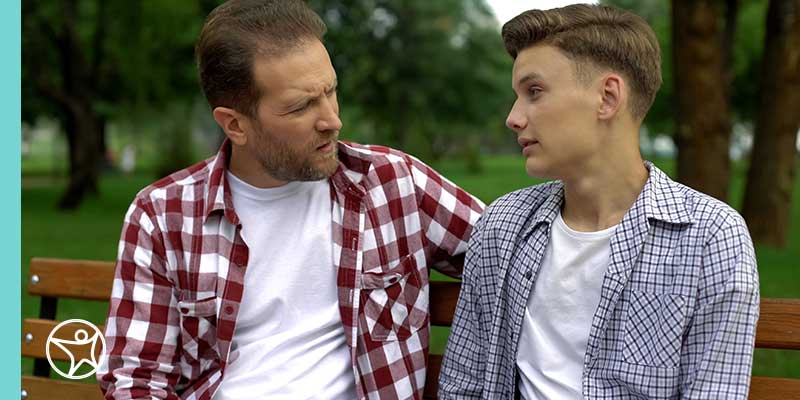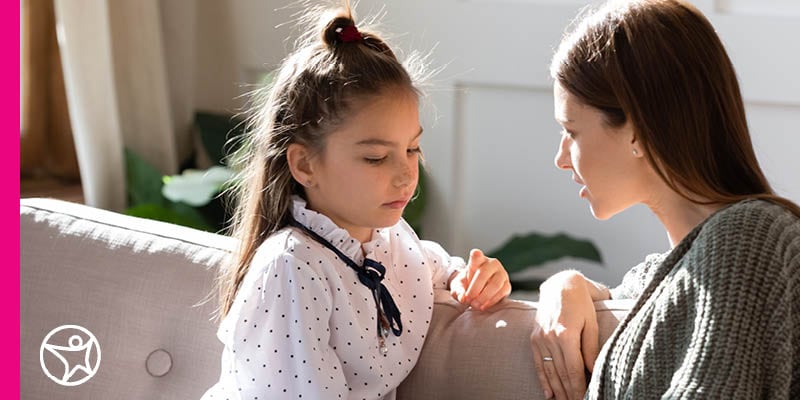Earth Day Lessons for Young Environmentalists
byConnections Academy
3 min to read
Earth Day offers a perfect opportunity to ignite a passion for the environment in your child and teach lessons that will serve them well at school and in life. Your child can learn how to celebrate Earth Day by discovering a passion that transcends the classroom.
Earth Day: Lessons Beyond the Classroom
Earth Day activities for students allow your child to explore important life lessons beyond textbook pages:
- Advocacy: Earth Day can empower your students to stand up for causes they care about, whether it's protecting local green spaces or advocating for global environmental issues like endangered species conservation.
- Leadership: As your child grows, they might have the opportunity to lead an Earth Day initiative or event. This experience teaches them how to motivate others and work towards a shared objective – a valuable skill that can benefit them throughout their lives.
- Collaboration: Even if your child isn't leading Earth Day school activities, they'll witness the power of teamwork. From coordinating supplies and volunteers to planning logistics, they can observe how diverse groups come together to achieve a common goal.
- Communication: Whether engaging in group discussions, one-on-one conversations, or even formal presentations, Earth Day activities often encourage effective communication. Through collaboration, they can learn to listen, ask questions, reason logically, and consider different perspectives.
Earth Day Activities for Budding Environmentalists
Community Cleanup
Participating in community cleanups fosters a sense of responsibility and community spirit. Together, you can contribute to a cleaner environment and feel the satisfaction of making a positive impact. This is a great way to get involved for kids to get involved with the whole family.
Nature Scavenger Hunt
Take your child on an adventure! Create a list of natural objects to find, like different types of leaves, flowers, or bird feathers. This Earth Day activity for kids encourages exploration, observation, and appreciation for the diverse wonders of nature.
Earth Day Crafts
Get creative! Upcycle household items and make Earth Day-themed crafts, like paper bag puppets or recycled paper planters. These activities encourage creativity, resourcefulness, and a connection with the Earth. These are perfect Earth Day activities for kindergartners and younger students.
Plant a Seed
Witness the miracle of life firsthand! Plant a seed in a pot or your garden and observe its growth. This activity teaches children about plant lifecycles and the importance of caring for the environment. It's a simple yet impactful activity.
Create an Environmental Action Plan
Empower your child to be a changemaker! Encourage them to create a personal action plan outlining steps they can take to be more aware of their impact on the environment, such as reducing paper use, conserving water, or advocating for sustainable practices at home.
Build a Mini-Ecosystem
Construct a terrarium and observe the delicate balance of nature. This activity allows children to learn about different ecosystems, the interdependence of living things, and the importance of responsible resource management. This Earth Day activity for students is a fun and engaging way to explore various environmental concepts.
Make Every Day Earth Day!
Remember, Earth Day is just the beginning! Encourage your child to explore their newfound passion for the environment throughout the year. With your support and guidance, they can become responsible stewards of our planet and make a lasting difference. For more engaging Earth Day activities, check out our article on 9 Earth Day Activities for Kids.



